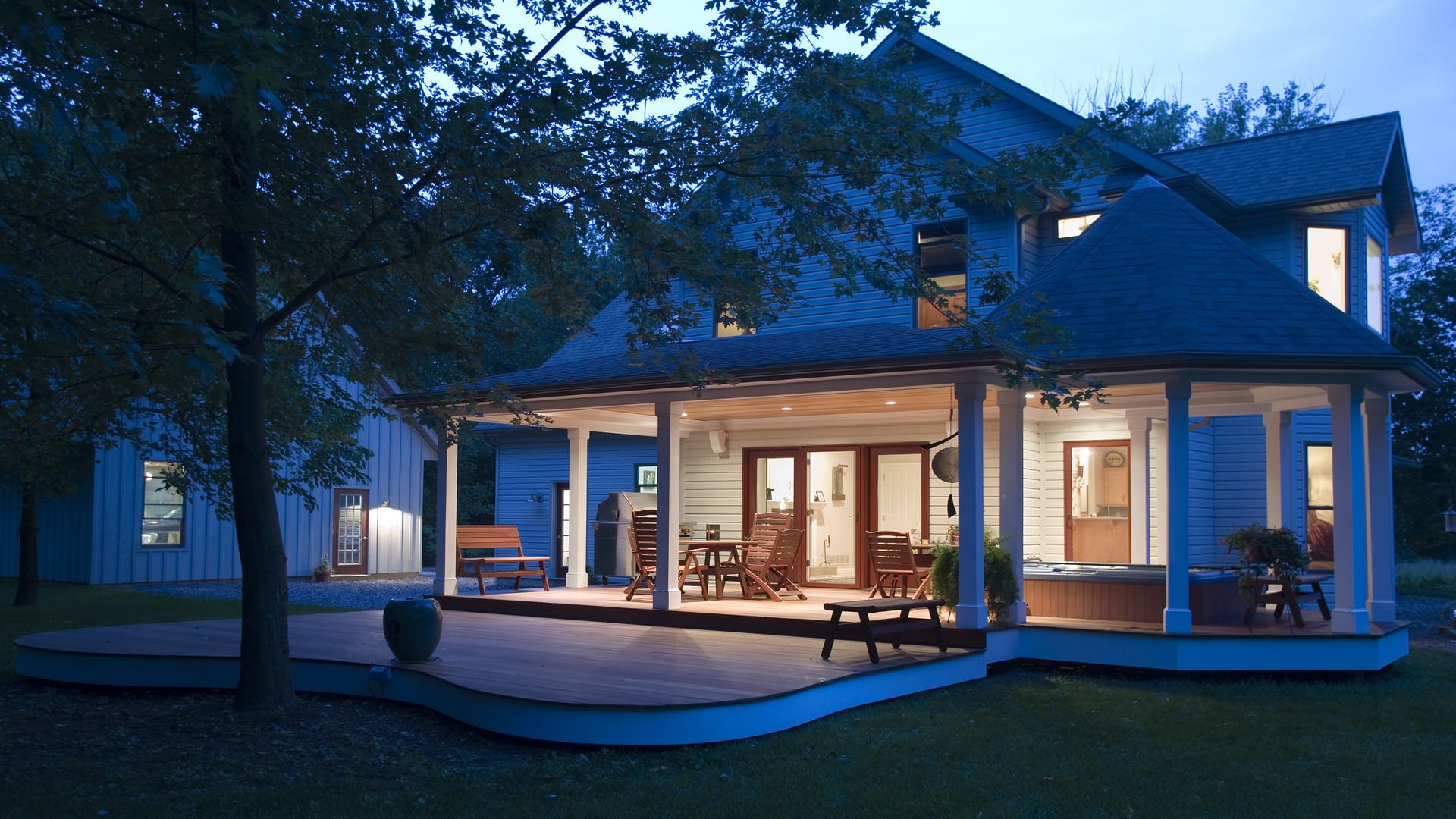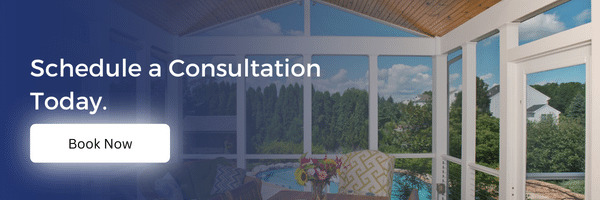How Long Does It Take to Build a Custom Home?
You’ve decided you’re ready for a custom home in the Lehigh Valley that includes the perfect amount of space, design style, and features you and your family need. One of the first questions you’ll want to answer is: How long will it take? We’ll give you the overall time, break down what’s included, and what you can do to keep your timeline intact.
How Long Does It Take to Build a Custom Home?
The construction phase of the process could take as little as a year for an average size home to be completed. Once a home exceeds 4,000 square feet in size, it’s considered a ‘large’ home. At this size, a home could take 18-24 months to complete construction.
The entire custom home-building process begins with an assessment and ends with a final walk-through of your finished home. From the very beginning of the process to move-in day, expect the custom home-building process to take up to three years.
Each major part of the custom home process–pre-construction and construction–is broken down into smaller phases. Here is a rough outline of the pre-construction and construction phases. Keep in mind, however, that your custom home-building process can vary, depending on your design, the size of your home, the materials you choose, and the site preparation.
Pre-Construction: 1 Year
- Researching and interviewing potential builders
- Locating, assessing, and surveying your land
- Preliminary Design Phase: conceptual design development, budget development, services agreement
- Permits and loan approval
- Final Design Phase: finalize design plan and product selection, contracts
- Worksite schedule development, order materials
Construction Phase: 1-2 Years
- Preparing your custom home site
- Foundation
- Framing, house wrapping, beginning roof
- Rough ins: HVAC, plumbing, electrical
- Roof, siding, windows, doors, insulation, drywall
- Painting, flooring, cabinetry, countertops, tile, bathroom features, etc.
- Cleaning and preparing for walk-throughs and addressing the punch list
How to Keep Your Custom Home Timeline on Schedule During Every Phase
You might be wondering how you can help to keep your custom home project running smoothly and on time. There are things you can do–and not do–during different phases of your project to stay on track.
Shopping for and Choosing Land
The land you choose in the Lehigh Valley, or the land you already own, will affect how long it will take to develop the land and begin building your custom home. If you haven’t purchased your land yet, work with a real-estate agent to locate land that is suitable for a custom home. Your builder can also assist you in choosing a lot by assessing the land before you make an offer.
Land with sloping topography, drainage issues, poor soil conditions, dense tree growth, or other obstacles will take longer to develop–and a larger investment–than land without these issues. If the land is in your dream location, the extra time and expense could be worth it. Your builder can assess your land, or the land you’re interested in buying, and educate you on what steps will need to be taken.
Design Phase
When you’re ready to begin the design phase for your Lehigh Valley custom home, arrive with a lot of visual aids. By preparing before your meeting, you’ll help to expedite both the design and product selection process. Your designer will have a much clearer picture of what your goals are and can offer home designs, finishes, and features that suit your style.
What kind of idea aids should you bring to your design and product selection meetings? Create online vision boards using platforms like Pinterest or Houzz. Take pictures of friends’ and family members’ homes that you like. You can also bring clippings from magazines. Some future homeowners will also peruse product stores and take pictures of tile, statement lighting features, or kitchen cabinet styles. Your designer can use these images to find products that match the aesthetic with ideal price points. They will also be able to build off of your ideas and selections to design the rest of the space.
Construction Phase
Once your custom home is in the construction phase, you can help your timeline stay on track in a few ways. A change order, for example, is when you decide to change the scope of the project in some way. It may be changing a structural aspect of your design or changing a product choice. Even what seems like a small change can delay the installation of other materials, creating a domino effect. This is why it’s important to not rush the design phase–to ensure every aspect reaches your expectations before the plans are finalized.
You may also feel the urge to visit your custom home site, which is completely common. However, your project manager can work with you to time your visits so work can continue as planned and the team won’t have to halt progress to ensure a safe construction zone for you to oversee the work. It’s the best of both worlds: work can stay on schedule, and you’ll be able to observe progress at various points of the project.
Hire a Design-Builder with a Track Record for Timeliness
While you’re researching and interviewing builders, pay attention to their reviews. Read reviews from several websites, like Angi, Houzz, and the Better Business Bureau. The more reviews you read, the better a picture you’ll get of the builders you’re interviewing.
Penn Contractors has created spaces for homeowners in Bethlehem, Allentown, and other areas around the Lehigh Valley for more than 30 years. Through transparency, collaboration, experience, and ample industry knowledge, we’ve reached or exceeded every client’s expectations and design goals. We also have an excellent track record for doing this while staying within their budget and timeline. Contact us to learn more about the design-build process and schedule a consultation.

